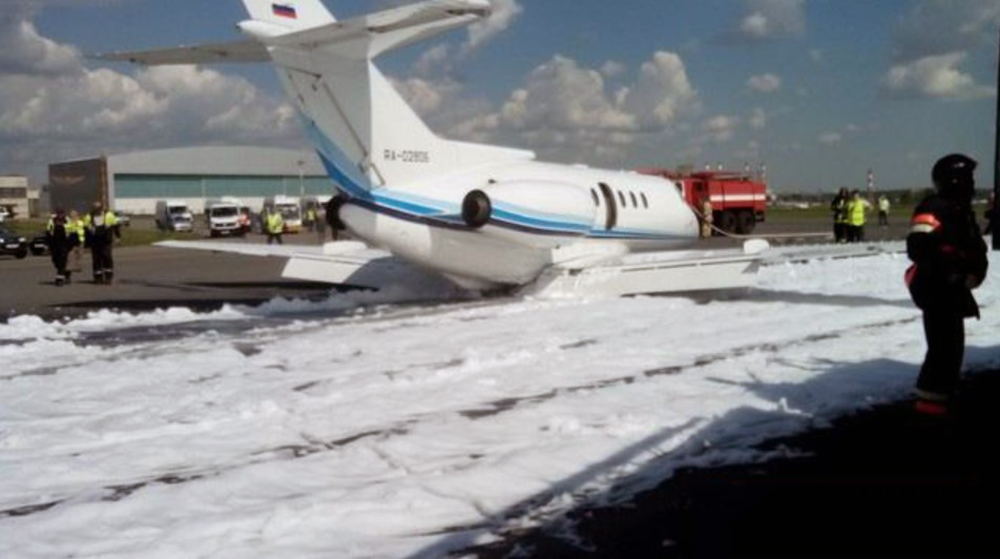Country
Crash of a BAe U-125 at Kanoya AFB: 6 killed
Date & Time:
Apr 6, 2016 at 1435 LT
Registration:
49-3043
Survivors:
No
Schedule:
Kanoya - Kanoya
MSN:
258242
YOM:
1993
Crew on board:
6
Crew fatalities:
Pax on board:
0
Pax fatalities:
Other fatalities:
Total fatalities:
6
Circumstances:
The aircraft departed Kanoya AFB at 1315LT on a calibration flight with six people on board. After he complete a counter clockwise arc, the crew started the descent to Kanoya AFB Runway 08R. The visibility was poor due to low clouds. On approach, at an altitude of 3,000 feet, the aircraft entered clouds when the GPWS alarm sounded. Two second later, the crew deactivated the alarm and continued the approach. Ten seconds later, the aircraft impacted trees and crashed on the slope of Mt Takakuma (1,182 metres high) located 10 km north of the airbase. The wreckage was found a day later and all six crew members were killed.
Probable cause:
Controlled flight into terrain after the crew continued the approach in poor visibility without visual contact with the environment. Misidentification of the environment on part of the crew was a contributing factor, as well as the fact that the crew deactivated the GPWS alarm and failed to initiate corrective maneuver.
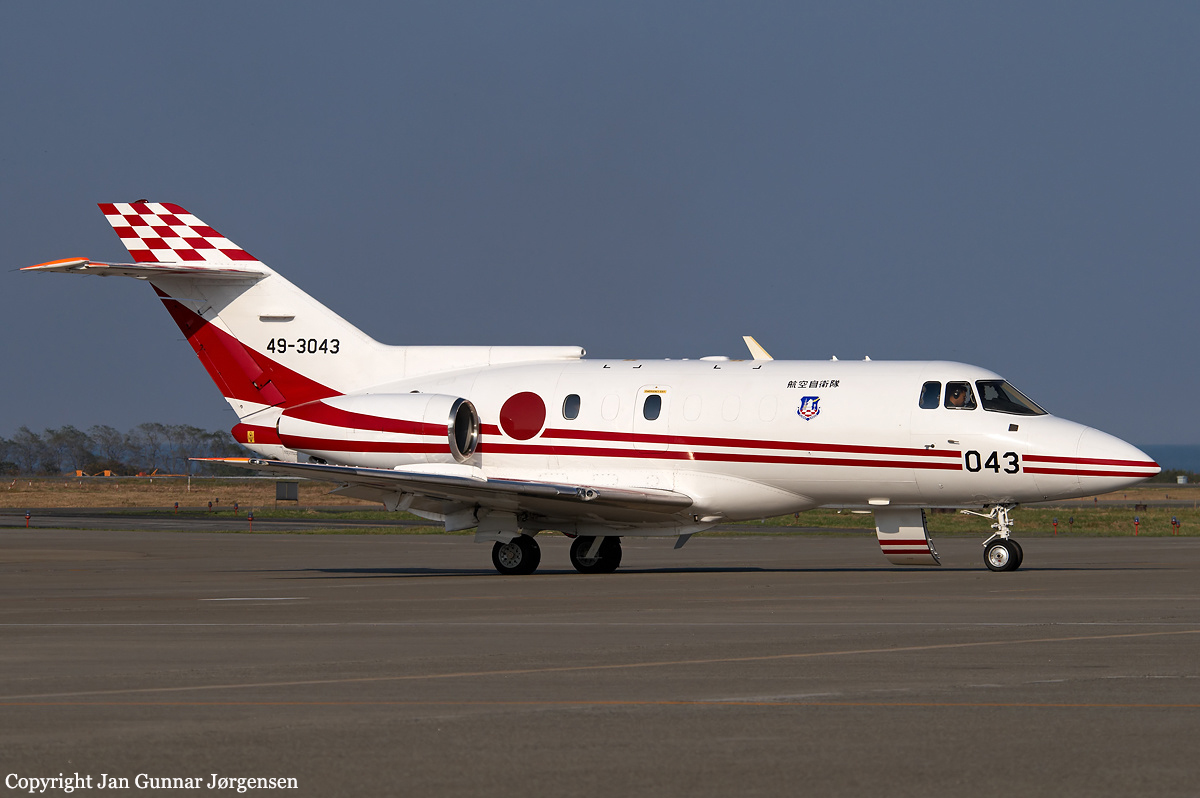

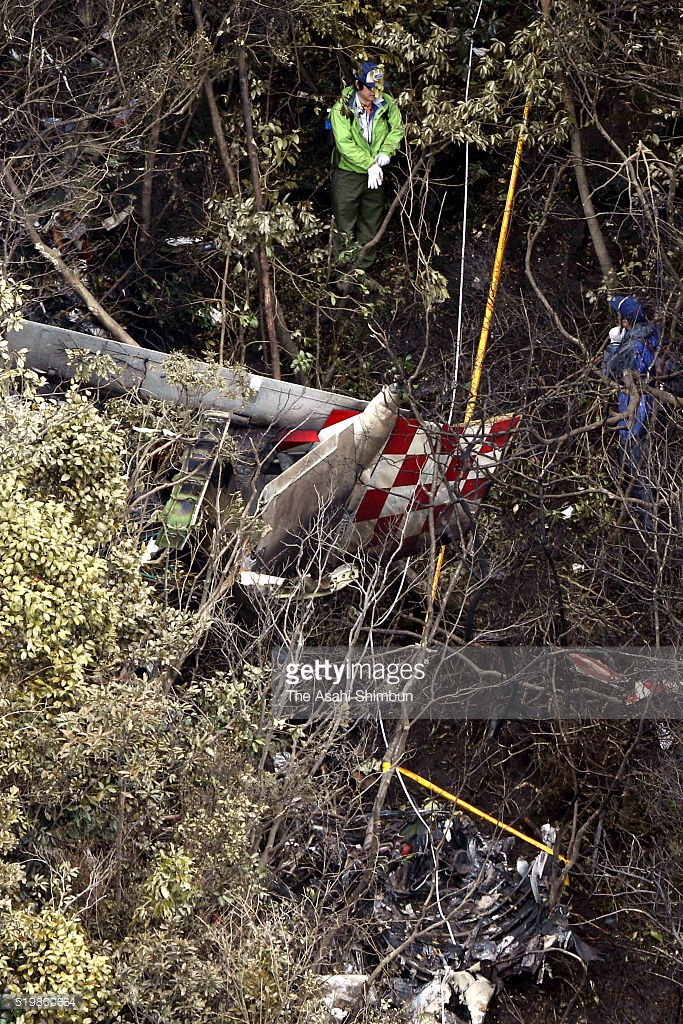

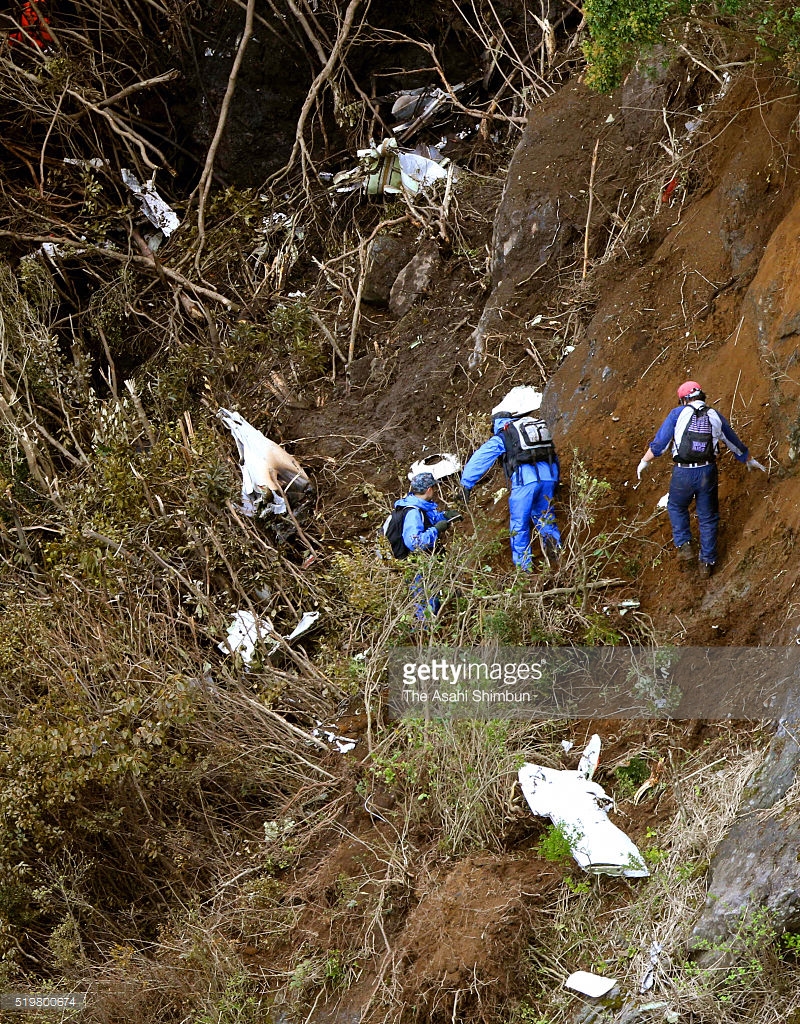


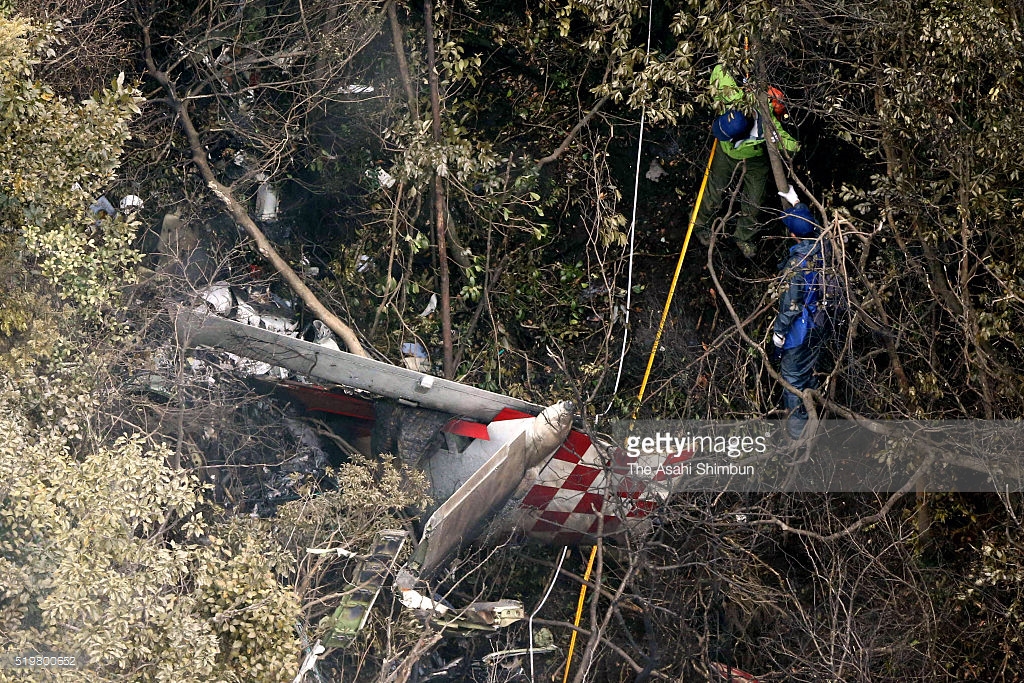
Crash of a BAe 125-800SP in Palm Springs
Date & Time:
Dec 4, 2015 at 1420 LT
Registration:
N164WC
Survivors:
Yes
Schedule:
Palm Springs – Boise
MSN:
258072
YOM:
1986
Crew on board:
2
Crew fatalities:
Pax on board:
0
Pax fatalities:
Other fatalities:
Total fatalities:
0
Aircraft flight hours:
2500
Circumstances:
After takeoff from Palm Springs Airport, while on a positioning flight to Boise, the crew encountered technical problems with the undercarriage. Following a holding circuit, the crew decided to return to Palm Springs and to complete a gear up landing. Upon touchdown, the aircraft slid on its belly for few dozen metres before coming to rest. Both pilots evacuated safely and the aircraft was damaged beyond repair.
Probable cause:
No investigations completed by the NTSB.
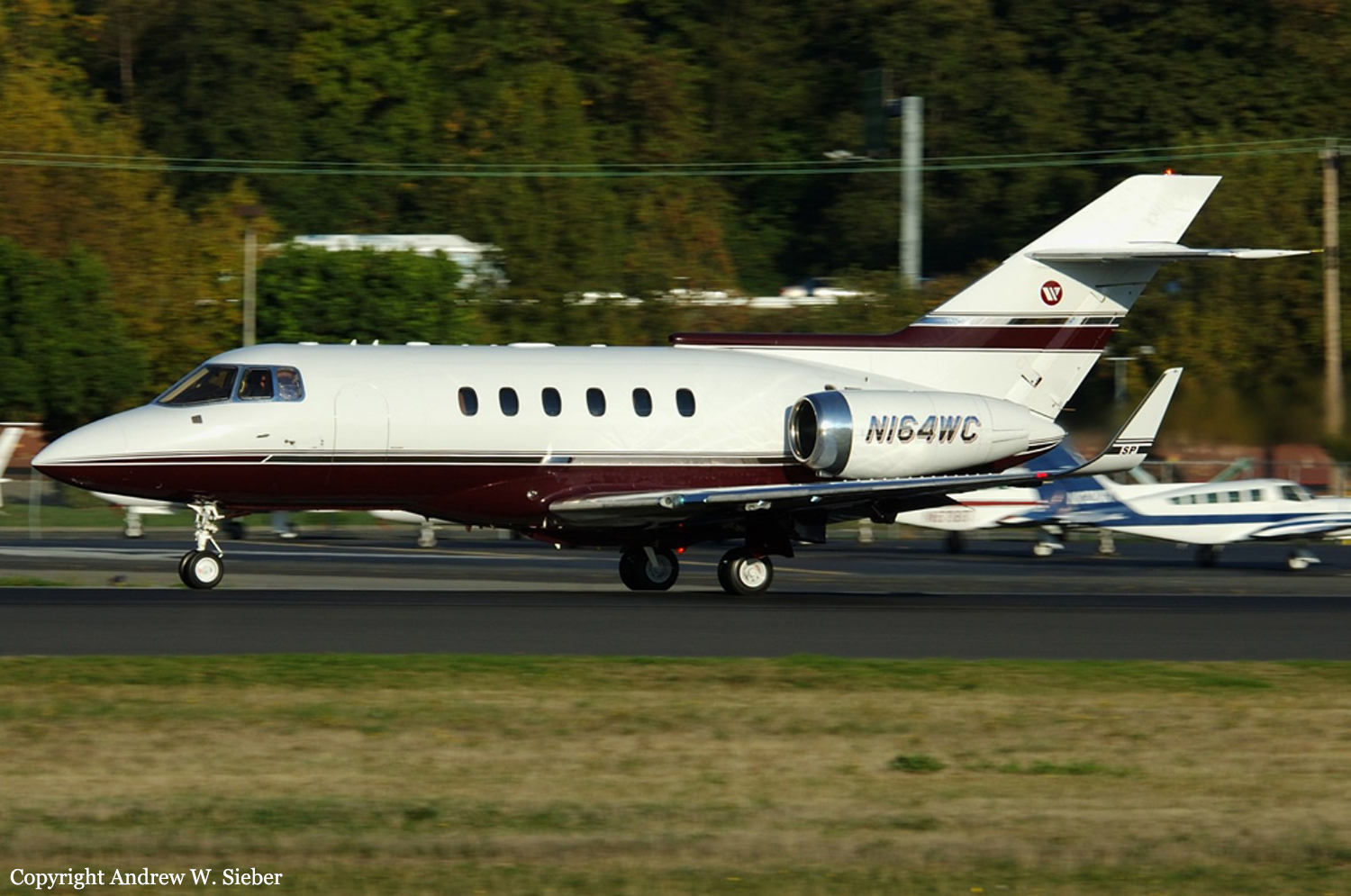
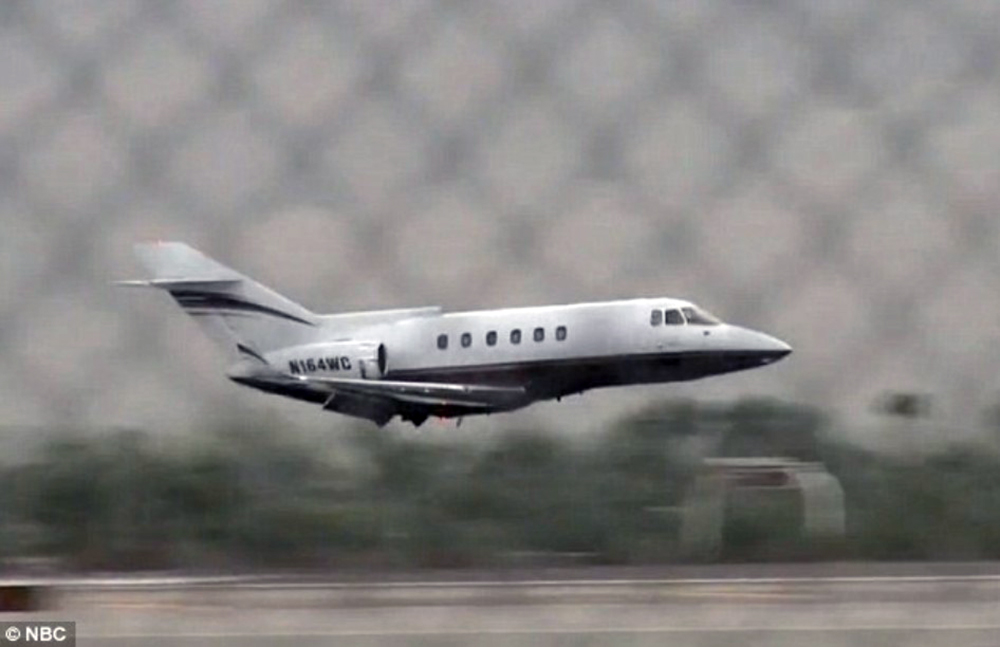

Crash of a BAe 125-700A in Akron: 9 killed
Date & Time:
Nov 10, 2015 at 1453 LT
Registration:
N237WR
Survivors:
No
Schedule:
Dayton – Akron
MSN:
257072
YOM:
1979
Flight number:
EFT1526
Crew on board:
2
Crew fatalities:
Pax on board:
7
Pax fatalities:
Other fatalities:
Total fatalities:
9
Captain / Total hours on type:
1020.00
Copilot / Total hours on type:
482
Aircraft flight hours:
14948
Aircraft flight cycles:
11075
Circumstances:
The aircraft departed controlled flight while on a non precision localizer approach to runway 25 at Akron Fulton International Airport (AKR) and impacted a four-unit apartment building in Akron, Ohio. The captain, first officer, and seven passengers died; no one on the ground was injured. The airplane was destroyed by impact forces and post crash fire. The airplane was registered to Rais Group International NC LLC and operated by Execuflight under the provisions of 14 Code of Federal Regulations (CFR) Part 135 as an on-demand charter flight. Instrument meteorological conditions prevailed, and an instrument flight rules flight plan was filed. The flight departed from Dayton-Wright Brothers Airport, Dayton, Ohio, about 1413 and was destined for AKR. Contrary to Execuflight’s informal practice of the captain acting as pilot flying on flights carrying revenue passengers, the first officer was the pilot flying, and the captain was the pilot monitoring. While en route, the flight crew began preparing for the approach into AKR. Although company standard operating procedures (SOPs) specified that the pilot flying was to brief the approach, the captain agreed to the first officer’s request that the captain brief the approach. The ensuing approach briefing was unstructured, inconsistent, and incomplete, and the approach checklist was not completed. As a result, the captain and first officer did not have a shared understanding of how the approach was to be conducted. As the airplane neared AKR, the approach controller instructed the flight to reduce speed because it was following a slower airplane on the approach. To reduce speed, the first officer began configuring the airplane for landing, lowering the landing gear and likely extending the flaps to 25° (the airplane was not equipped with a flight data recorder, nor was it required to be). When the flight was about 4 nautical miles from the final approach fix (FAF), the approach controller cleared the flight for the localizer 25 approach and instructed the flight to maintain 3,000 ft mean sea level (msl) until established on the localizer. The airplane was already established on the localizer when the approach clearance was issued and could have descended to the FAF minimum crossing altitude of 2,300 ft msl. However, the first officer did not initiate a descent, the captain failed to notice, and the airplane remained level at 3,000 ft msl. As the first officer continued to slow the airplane from about 150 to 125 knots, the captain made several comments about the decaying speed, which was well below the proper approach speed with 25° flaps of 144 knots. The first officer’s speed reduction placed the airplane in danger of an aerodynamic stall if the speed continued to decay, but the first officer apparently did not realize it. The first officer’s lack of awareness and his difficulty flying the airplane to standards should have prompted the captain to take control of the airplane or call for a missed approach, but he did not do so. Before the airplane reached the FAF, the first officer requested 45° flaps and reduced power, and the airplane began to descend. The first officer’s use of flaps 45° was contrary to Execuflight’s Hawker 700A non precision approach profile, which required the airplane to be flown at flaps 25° until after descending to the minimum descent altitude (MDA) and landing was assured; however, the captain did not question the first officer’s decision to conduct the approach with flaps 45°. The airplane crossed the FAF at an altitude of about 2,700 ft msl, which was 400 ft higher than the published minimum crossing altitude of 2,300 ft msl. Because the airplane was high on the approach, it was out of position to use a normal descent rate of 1,000 feet per minute (fpm) to the MDA. The airplane’s rate of descent quickly increased to 2,000 fpm, likely due to the first officer attempting to salvage the approach by increasing the rate of descent, exacerbated by the increased drag resulting from the improper flaps 45° configuration. The captain instructed the first officer not to descend so rapidly but did not attempt to take control of the airplane even though he was responsible for safety of the flight. As the airplane continued to descend on the approach, the captain did not make the required callouts regarding approaching and reaching the MDA, and the first officer did not arrest the descent at the MDA. When the airplane reached the MDA, which was about 500 ft above the touchdown zone elevation, the point at which Execuflight’s procedures dictated that the approach must be stabilized, the airspeed was 11 knots below the minimum required airspeed of 124 knots, and the airplane was improperly configured with 45° flaps. The captain should have determined that the approach was unstabilized and initiated a missed approach, but he did not do so. About 14 seconds after the airplane descended below the MDA, the captain instructed the first officer to level off. As a result of the increased drag due to the improper flaps 45° configuration and the low airspeed, the airplane entered a stalled condition when the first officer attempted to arrest the descent. About 7 seconds after the captain’s instruction to level off, the cockpit voice recorder (CVR) recorded the first sounds of impact.
Probable cause:
The National Transportation Safety Board determines that the probable cause of this accident was the flight crew’s mismanagement of the approach and multiple deviations from company standard operating procedures, which placed the airplane in an unsafe situation and led to an unstabilized approach, a descent below minimum descent altitude without visual contact with the runway environment, and an aerodynamic stall. Contributing to the accident were Execuflight’s casual attitude toward compliance with standards; its inadequate hiring, training, and operational oversight of the flight crew; the company’s lack of a formal safety program; and the Federal Aviation Administration’s insufficient oversight of the company’s training program and flight operations.
Final Report:
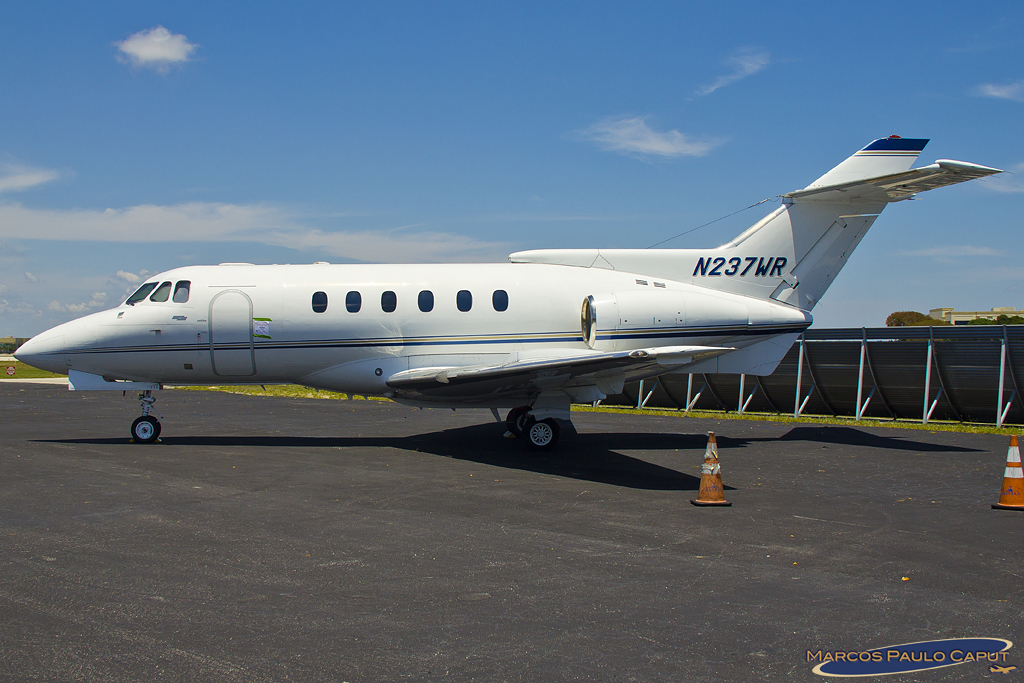
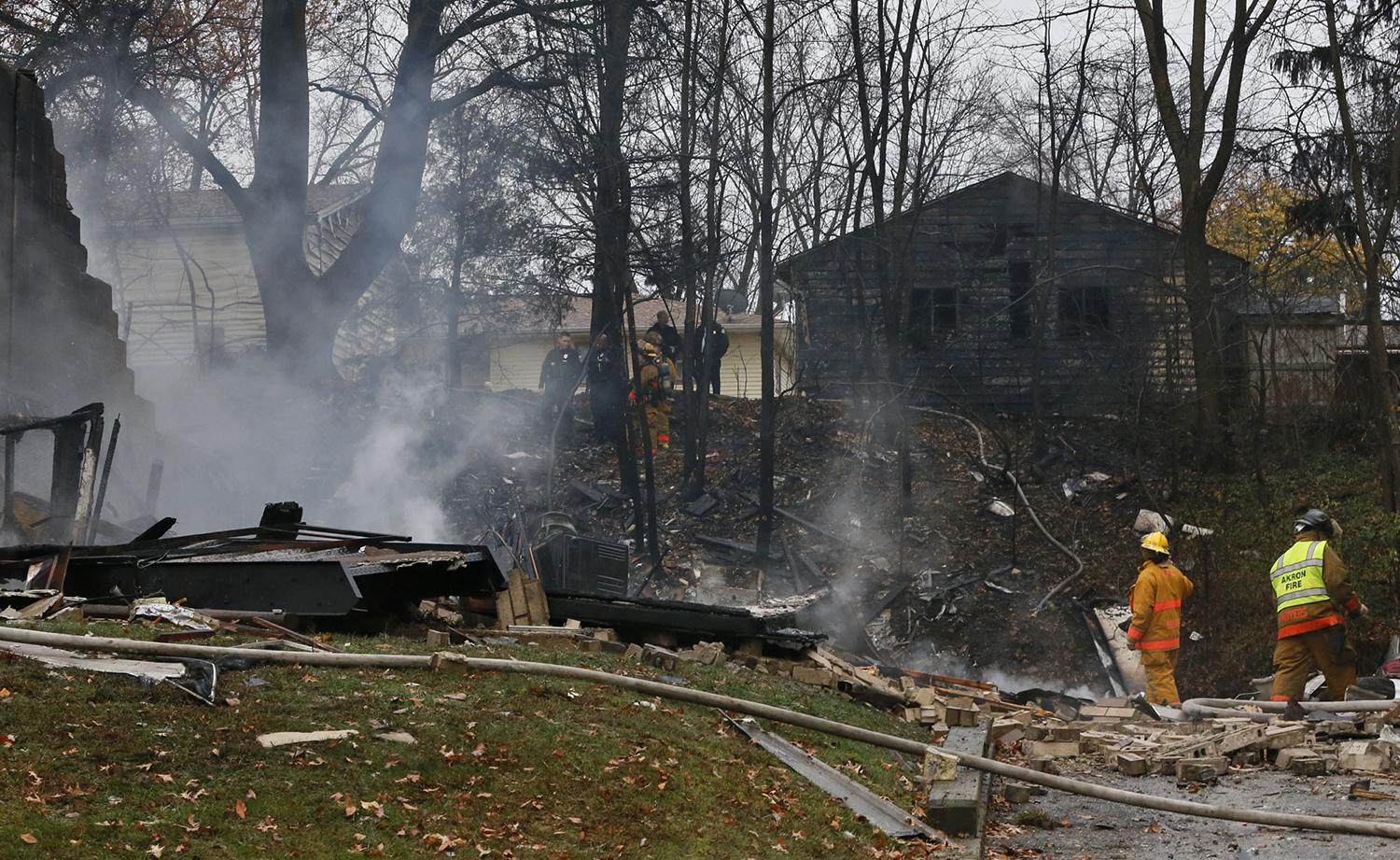





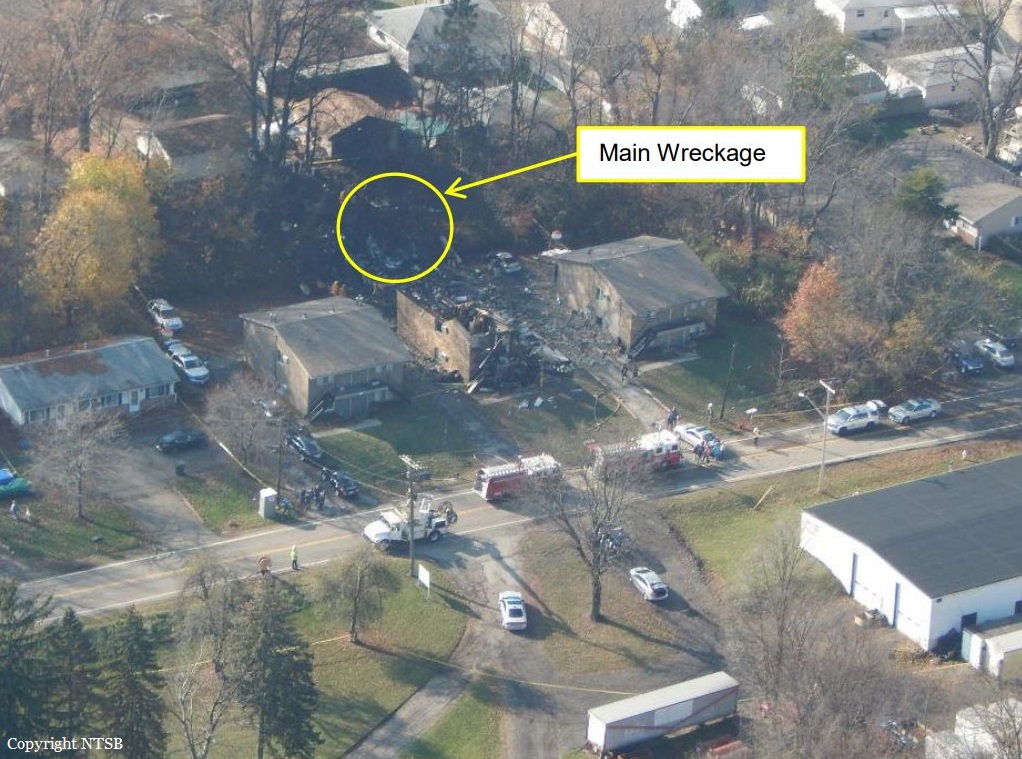
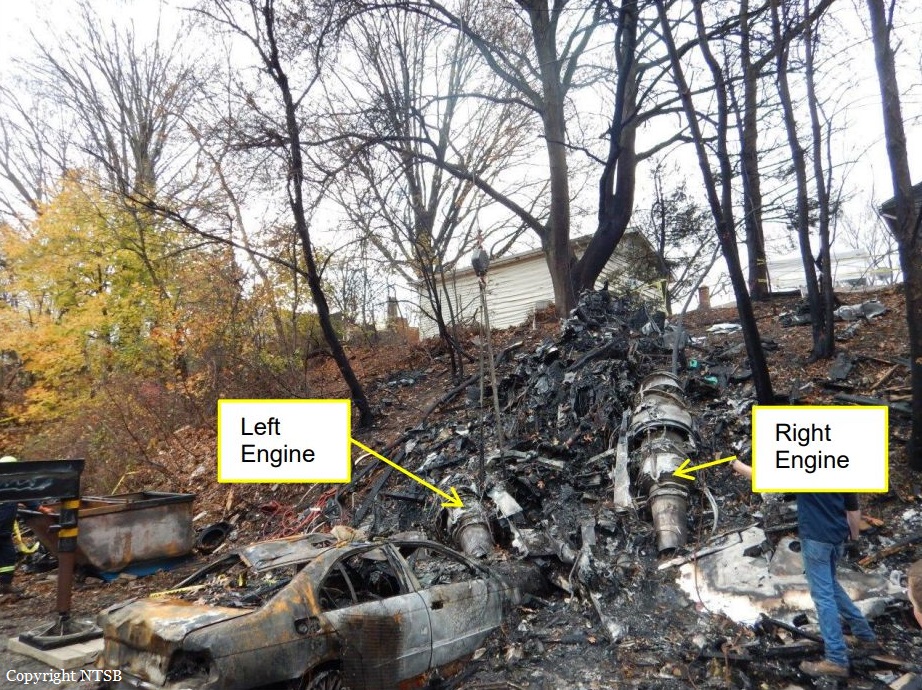
Crash of a BAe 125-700B off Dakar: 7 killed
Date & Time:
Sep 5, 2015 at 1812 LT
Registration:
6V-AIM
Survivors:
No
Schedule:
Ouagadougou - Dakar
MSN:
257062
YOM:
1979
Crew on board:
3
Crew fatalities:
Pax on board:
4
Pax fatalities:
Other fatalities:
Total fatalities:
7
Captain / Total hours on type:
2158.00
Aircraft flight hours:
13279
Aircraft flight cycles:
11877
Circumstances:
The airplane departed Ouagadougou Airport at the end of the afternoon on an ambulance flight to Dakar-Léopold Sédar Senghor Airport with one patient, one doctor, two nurses and three crew members on board. After entering in contact with Dakar Control, the crew was cleared to FL340, an altitude that was confirmed by the crew at 1801LT. But the airplane continued and climbed to FL350. At 1812LT, the aircraft collided with a Boeing 737-8FB operated by Ceiba Intercontinental. Registered 3C-LLY, the B737 was operating the flight CEL071 Dakar - Cotonou - Malabo with 104 passengers and 8 crew members on board. Immediately after the collision, the BAe 125 entered an uncontrolled descent and crashed in the Atlantic Ocean about 111 km off Dakar. The pilot of the Boeing 737 informed ATC about a possible collision and continued to Malabo without further problem. Nevertheless, the top of the right winglet of the Boeing 737 was missing. SAR operations were suspended after a week and no trace of the BAe 125 nor the 7 occupants was ever found.
Probable cause:
The collision was the consequence of an error on part of the crew of the BAe 125 who failed to follow his assigned altitude at FL340 and continued to FL350 which was the assigned altitude for the Boeing 737. The captain of the B737 confirmed that he have seen the aircraft descending to him. Only the flight recorders could have helped to determine how such a situation could have occurred; Unfortunately they disappeared with the plane. There was a difference of 1,000 feet in the indications of both captain/copilot altimeters.
Final Report:
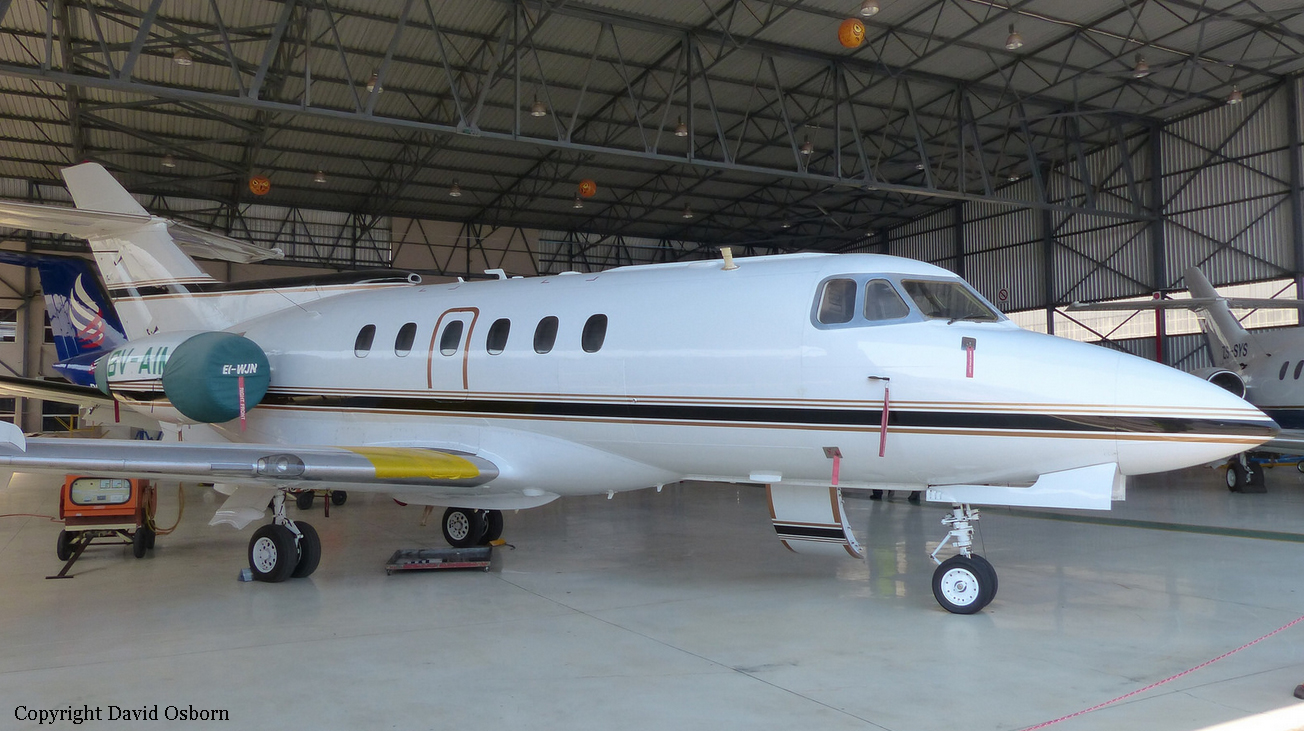
Crash of a BAe 125-700A off Puerto Colombia: 4 killed
Date & Time:
May 20, 2015
Registration:
N917TF
Survivors:
No
MSN:
257138
YOM:
1981
Crew on board:
2
Crew fatalities:
Pax on board:
2
Pax fatalities:
Other fatalities:
Total fatalities:
4
Circumstances:
The aircraft took off in the day from an airfield located in Venezuela with two passengers, two pilots and a load of 1,3 ton of narcotics, en route to Central America. While cruising over the Caribbean Sea off the Colombian coast, the aircraft was intercepted by a Colombian Air Force fighter. In unclear situation, the right engine of the Hawker caught fire (shot down ?). The crew descended in a low nose down attitude until the aircraft impacted the sea and disintegrated. All four occupants were killed and the load of narcotics was found floating on water. Three dead bodies and some debris of the aircraft were found few days later on a beach located northeast of Puerto Colombia. The aircraft was identified as N917TF which departed Fort Lauderdale-Executive Airport, Florida for Toluca, Mexico on May 1, 2015. It was formally cancelled from the U.S. register on June 2, 2015 as exported to Mexico.
Probable cause:
Shot down by the pilot of a Colombian Air Force fighter.
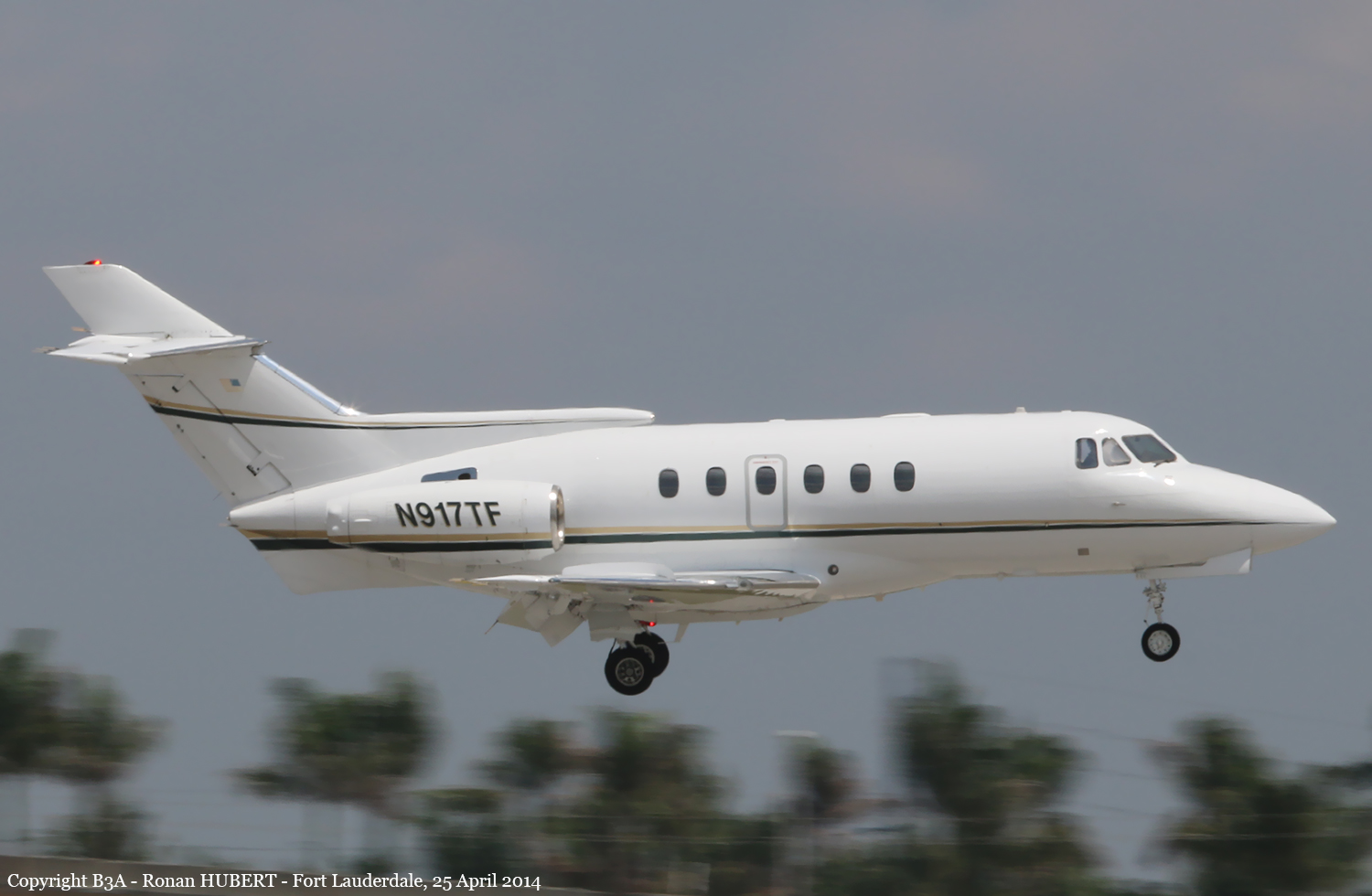

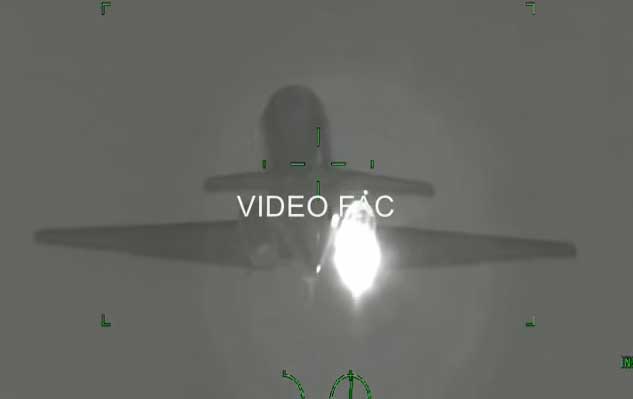
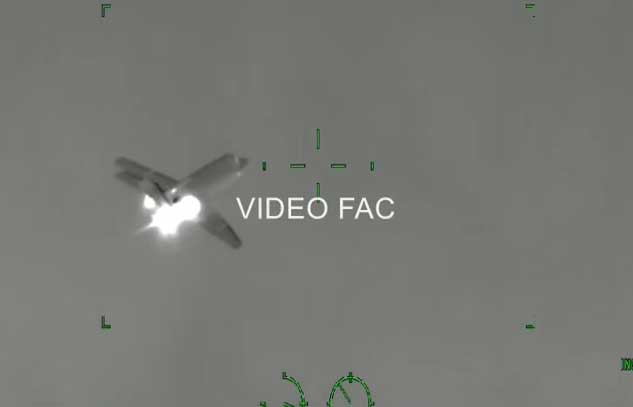
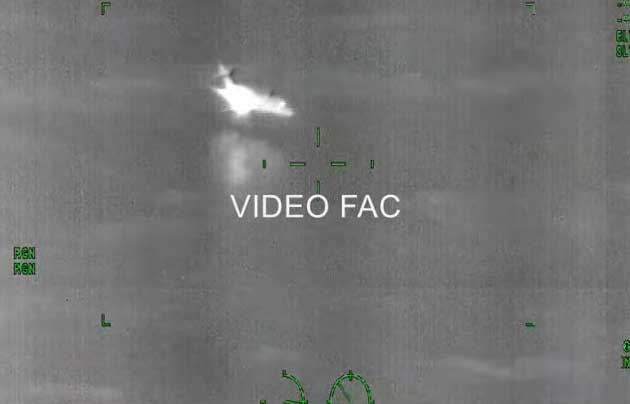

Crash of a BAe 125-800B in Moscow
Date & Time:
Jul 7, 2014
Registration:
RA-02806
Survivors:
Yes
Schedule:
Moscow – Makhatchkala
MSN:
258106
YOM:
1987
Flight number:
CIG9661
Crew on board:
3
Crew fatalities:
Pax on board:
0
Pax fatalities:
Other fatalities:
Total fatalities:
0
Circumstances:
The twin engine aircraft departed Moscow-Vnukovo Airport on a positioning flight to Makhatchkala, carrying a crew of three. On approach to Makhatchkala Airport, the crew was unable to lower the gear that remained stuck in their wheel well. Despite several attempts, the crew was unable to lower the gear manually and eventually decided to return to Moscow-Vnukovo for an emergency landing. The aircraft belly landed on a foam covered runway and slid for few dozen metres before coming to rest. All three crew members escaped uninjured and the aircraft was damaged beyond repair.

